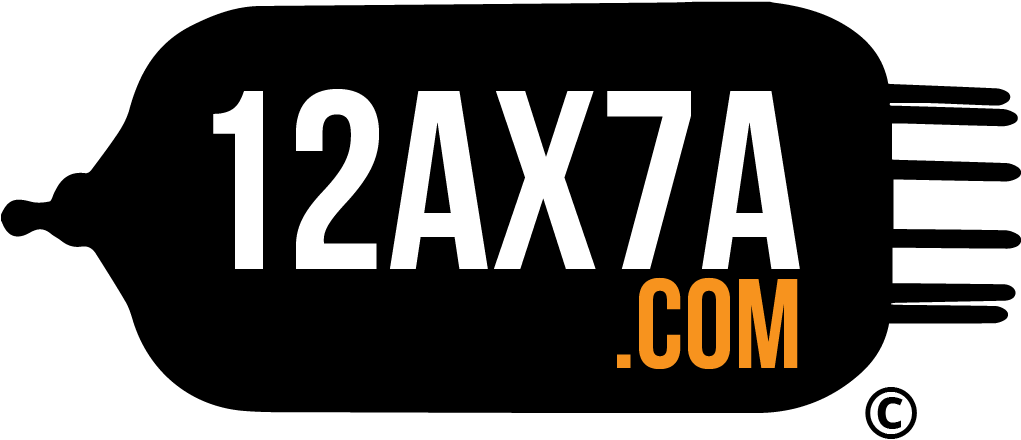Bias;
This is for geeks like me. Its misunderstood, there's too much misinformation out there, and my best customers are the ones know something, so here goes. I'll keep it simple, and cover some stuff you wont find elsewhere!
Preamp tubes are in a self adjusting circuit, so they never need biasing. We are referring now to output tubes.
Bias is an adjustment that determines how hot a tube runs. It also determines what the duty cycle is of a tube in a push-pull circuit. The amplifier design determines what class of operation the tube will run in, and so in turn determines what the correct bias point is. Regardless of class, there is a range of proper adjustment!
You need to know what you are doing to make this adjustment or you can seriously damage your
amp, sometimes irreversibly.
Three 'Classes';
Class A: The tube or tubes in the amp each have a 100% duty cycle. That means that the tube is always doing its job of pushing and pulling the speaker. Any amp with only one (output) tube has to be Class A. If there is more than one tube, it can be wired in parallel or in push-pull. Push pull amps can be any class. The parallel configuration is 'single ended', Class A. Most guitar amps 15 Watts and under are Class A. These amps tend to sound very natural, and sustain well.
Class AB: Here amps use tubes in multiples of two. They are arranged 'push-pull'. The duty cycle is 100% at low volumes, and at some point the tubes pass the baton, allowing for operation of each tube more than 50% of the time, and less than 100% of the time. By switching out a tube and allowing it to cool, it is possible to have an output that exceeds the wattage rating of all the tubes added up, i.e.; two 25 Watt EL34's in a 60 Watt amp. Most guitar amps are class AB.
Class B: Also arranged in multiples of two and in push-pull, the duty cycle for each tube is just over 50%, and is never 100% if a signal is applied. These amps use very little current without a signal applied (idle current), and so the tubes may feel relatively cold if on and not being played.
These amps also employ extremely high voltages, like 700 Volts in a Musicman HD-120. Musicman are the only guitar amps that I'm aware of that use Class B operation. Class B amps tend to sound aggressive.
Since the Audio transformer design dictates Class of operation, how much voltage verses current at idle is also a function of design. Class A runs a lot of current at idle, Class B barely a trickle. Watts equal Amps times Volts, so depending on the design, you may be setting the bias either too hot or too cold when you set the bias to say, minus 52 Volts.
Tubes also vary, and picking an arbitrary bias Voltage can only be useful if all your tubes run at the same potential. Its not the same thing but if it helps, think of it in terms of efficiency. Under any given set of conditions different tubes will perform more or less work. Tubes within a manufactured lot vary. From one model of tube to another of the same type, there is variation. There is an even greater variation from manufacturer to manufacturer.
To build a 6L6 you need to meet the specifications for tube type (beam power, pin basing), for the maximum Wattage rating (ability to deal with heat), maximum plate voltage, maximum control grid to cathode voltage, some inter-electrode capacitance stuff. The point being that there is a lot that's not said about the design. They vary by design and by the fact that they are manufactured (manufacturing tolerances).
I'll bet this is more concise and complete than anything you've seen. I hope you enjoyed it. Feel free to print it for you own personal use but do not duplicate it, as it is copyright protected material.
